MOVIE REVIEW – Since September, A Haunting in Venice has been featured in cinemas and recently became available on Disney Plus. This thrilling film, based on one of Agatha Christie’s lesser-known novels, adds a new hue to the detective genre. Directed by Kenneth Branagh, traditional mysteries are brought to life on a magical and eerie Venetian stage, where the past and present intertwine.
The most significant twist in A Haunting in Venice is the film’s quality itself: a remarkable creation. Agatha Christie’s works always promise surprises, and this film is no exception, proving to be an extraordinarily good movie. Although the film’s press screening was accidentally omitted in September, the recent Disney Plus premiere provides a great opportunity to revisit this film – now in the form of a belated review – especially since this Poirot adventure finally somewhat matches the level of Agatha Christie’s original works.
Sometimes, It’s Better to Start with Weaker Source Material…
As a dedicated Christie fan, who was previously not very attracted to Kenneth Branagh’s adaptations like “Murder on the Orient Express” and “Death on the Nile,” I must acknowledge that although Branagh was convincing as Hercule Poirot, the films themselves seemed more like lavish but unnecessary reworkings of the author’s two famous classics. One lesson from A Haunting in Venice is that sometimes it’s worthwhile to work with weaker source material. Christie’s 1969 novel “Hallowe’en Party,” one of her least complex crime stories, has been smartly reinterpreted by Branagh and screenwriter Michael Green, now set in 1947 Venice. The Halloween theme is also ingeniously utilized, shifting the cozy conventions of the detective story towards a full-blown haunted-house thriller.
Of course, the outcome doesn’t match “Don’t Look Now,” the most atmospherically rich horror film ever shot in Venice, but Branagh and his collaborators, especially cinematographer Haris Zambarloukos and production designer John Paul Kelly, were clearly enchanted by one of the world’s most beautiful and cinematically striking cities. Although the film is filled with expected picturesque scenes of gondolas and canals at sunset, most of the story unfolds after dark in a magnificent palace owned by a famous opera singer, portrayed by Kelly Reilly.
This Halloween Star Party Takes a Slightly Strange Turn…
The opera singer hosts a lavish Halloween party, where Poirot finds himself among the guests, accompanied by his old American friend, Ariadne Oliver, a popular crime novelist played with witty sharpness by Tina Fey. Also present is Jamie Dornan, portraying a troubled doctor, and the enchanting Michelle Yeoh, playing the medium known as “the unholy Mrs. Reynolds,” who claims she can communicate with the dead.
Mrs. Reynolds conducts a séance, aiming to contact the spirit of the opera singer’s daughter, who died under mysterious circumstances in the palace a year earlier. Shortly afterward, another tragedy occurs: one of the party guests is found dead, and although Poirot is officially retired, he decides to take on the case. He even asks his crime writer friend, Miss Oliver, to assist him in interviewing suspects, before questioning her about her whereabouts at the time of the murder.
As Poirot, Branagh appears to greatly enjoy wearing that enormous mustache and speaking in that peculiar French accent, making it hard not to enjoy his company, even if the films were not outstandingly good. However, this time, the case he investigates is just as enjoyable.
Ghosts Haunt
The story is particularly ghostly: the palace, as it turns out, is allegedly haunted by the vengeful spirits of children who died there years ago during a plague outbreak. Branagh abundantly uses spooky visuals and jarring sound effects, so much so that even a supreme skeptic like Poirot begins to question what’s really happening. These horror elements, though blatantly creaky and derivative, work because the film fully exploits them.
A Haunting in Venice sometimes feels closer to the work of Christie’s lesser-known contemporary, John Dickson Carr, whose brilliant detective stories often flirted with the possibility of the supernatural. Nevertheless, the actual solution to the mystery, while clever enough, is not particularly ingenious or complicated.
Veterans and Those Mourning Losses
The story’s deeper resonance is given by a strong sense of time and place. We are just two years after the end of World War II, and many of the suspects have witnessed unspeakable horrors. Mrs. Reynolds, the medium, was a nurse during the war, which may explain her affinity for the dead. Everyone, from the grieving opera singer to the doctor traumatized by his memories, seems to be mourning some loss.
In Branagh’s reinterpretation in “Séance in Venice,” Poirot himself is a World War I veteran. One reason he is such a staunch atheist is that he has seen too much cruelty and suffering to believe in the existence of God. By the end of “Séance in Venice,” his beliefs remain unchanged. However, the film testifies that Poirot emerges from his retirement with renewed faith, believing he can still do good in the world. He eagerly anticipates his next case, and I, as a viewer, am equally excited to see it.
-Gergely Herpai (BadSector)-
A Haunting in Venice
Direction - 7.6
Actors - 7.8
Story - 7.4
Visuals/Music/Sounds - 7.8
Hangulat - 7.6
7.6
GOOD
A Haunting in Venice brings a unique twist to Agatha Christie's world, with Branagh's direction and lead performance, and a cast including Tina Fey and Michelle Yeoh, all delivering solid performances. The film's atmosphere is stunning, although some horror elements are somewhat clichéd. The story, arising from weaker source material, is sometimes less inventive and complex, but the depth of the characters and the charm of the setting make up for these shortcomings. Overall, it's an enjoyable, albeit not perfect, Christie adaptation – but a notch better than previous Branagh adaptations.

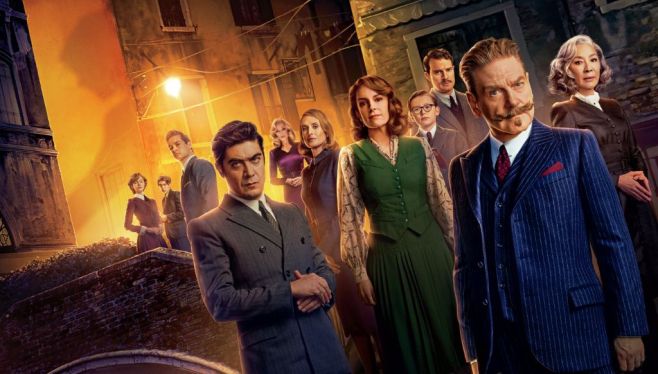
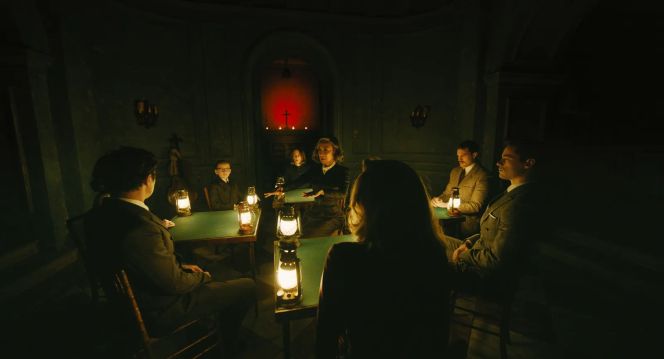
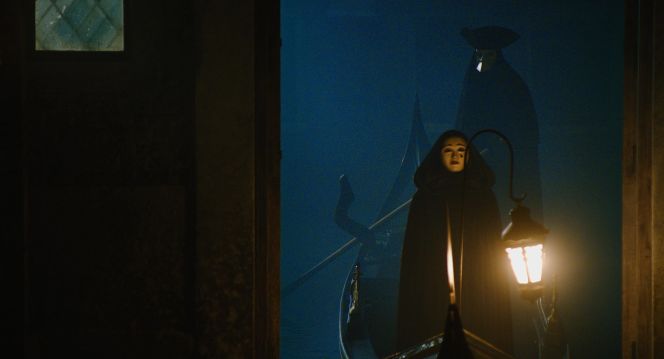
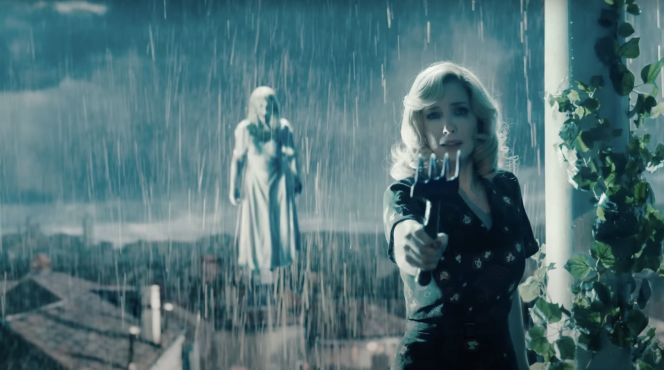


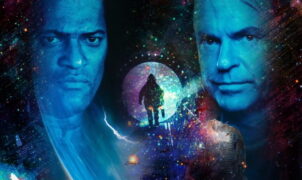

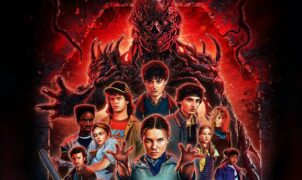





![[TGA 2025] John Carpenter’s Toxic Commando: John Carpenter’s Nightmare-Fueled Shooter Finally Has a Date, and Hell Is Breaking Loose [VIDEO]](https://thegeek.games/wp-content/uploads/2025/12/theGeek-John-Carpenter-TC-2-300x365.jpg)
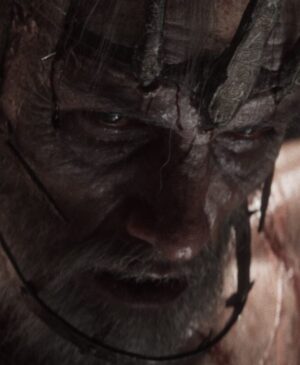
![[TGA 2025] Star Wars: Galactic Racer Focuses on High-Stakes Podrace Runs [VIDEO]](https://thegeek.games/wp-content/uploads/2025/12/theGeek-Star-Wars-Galactic-Racer-300x365.jpg)

Leave a Reply